Nine Real World ROPE Framework tips for execution of strategic initiatives. When used as a part of strategy execution, these nine ROPE based techniques give you clarity, control, and confidence over project and program delivery (PPD).
Each ROPE concept cuts noise, speeds decisions, and lowers risk. No jargon. No marketing. Just straightforward work patterns that improve strategy execution.
The 9 ROPE Concepts for Strategy Execution You Need To Know
1) The Alternative Effect
Use it when: You need a decision (scope, budget, date).
How: Present Recommendation + Alt A + Alt B on one page. For each: Pros, Cons, Risk, Business Impact—one line each.
Why it helps: People decide faster when trade-offs are explicit.
Tip: If you can’t list two real alternatives, you aren’t ready.
2) Stakeholder Comms Rule
Use it when: Anything changes who does what, when, or how.
How: Send the same message three ways (email + standup + Teams/Slack). End with: “What changes for me?”, “When?”, and “What to do.”
Why it helps: Fewer “I didn’t know” escalations.
Tip: Keep it to 5 sentences max; link the details.
- What’s changing
- Who it affects
- When it happens
- What to do
- Where to get help (link)
3) Small Package = Big Value
Use it when: Releases, cutovers, or migrations feel risky.
How: Split big events into smaller ones with clear entry/exit and rollback.
Why it helps: Smaller impact radius; reduced conflicts, simpler testing; easier recovery.
Tip: Include customers on the event and allow them to choose the timing.
4) Law of Conversations
Use it when: Threads stall or drift.
How: If a thread hits three replies without agreement, book a 15-minute huddle with a named decider.
Why it helps: Real-time questions, real-time answers.
Tip: Post the decision summary back to the thread.
5) Power of Images
Use it when: You need fast shared understanding.
How: One picture per update: simple swimlane, capacity bar, or risk heatmap. No decoration—just the image and a short headline.
Why it helps: People process visuals faster than text.
Tip: Add a caption: “What you’re seeing + what we’re doing next.”
6) Paper Route Method
Use it when: A decision needs steering approval.
How: Meet 1:1 with the decision makers first. Ask for objections. Adjust. Enter the meeting to ratify, not debate.
Why it helps: No surprises in the room no one looses face.
Tip: Track open objections on one list and close them before the vote.
7) Repeatable is Scalable
Use it when: You’ve done the same task twice.
How: Turn it into a checklist, template, or short script. Store it where the team actually works.
Why it helps: Fewer errors; consistent output.
Tip: Review templates regularly; delete stale steps.
8) Build Sheet as Source of Truth
Use it when: Migrations, integrations, or cutovers.
How: Keep it simple: component, what’s running on it, and interface connection.
Why it helps: Breaks down complex tech into clear manageable pieces.
Tip: Roll up all build sheets into the ”build sheet master” to connect the data and workflow across the entire enterprise.
9) Scheduling Principle
Use it when: Picking mobilization windows.
How: Align events to the rhythm of the business. Every department, business unit, or division has highs and lows in their workflow. (blackouts, peak season, month end, maintenance freezes, regulatory dates.)
Why it helps: Less disruption; available support, cleaner adoption.
Tip: Let business drive the timing within an overall mobilization calendar.
The Strategy Execution Difference
When a PMO embeds these structures into delivery, strategic initiatives flow, and results start matching leaders’ expectations. Your leadership will notice:
- Fewer last-minute surprises
- Faster approvals
- Smoother cutovers, steadier delivery, and happier customers
These and other key concepts are a part of the Results Oriented Project Execution (ROPE) Framework developed to create a PPD structure that makes strategy execution adaptive and predictable, without burying teams in process.

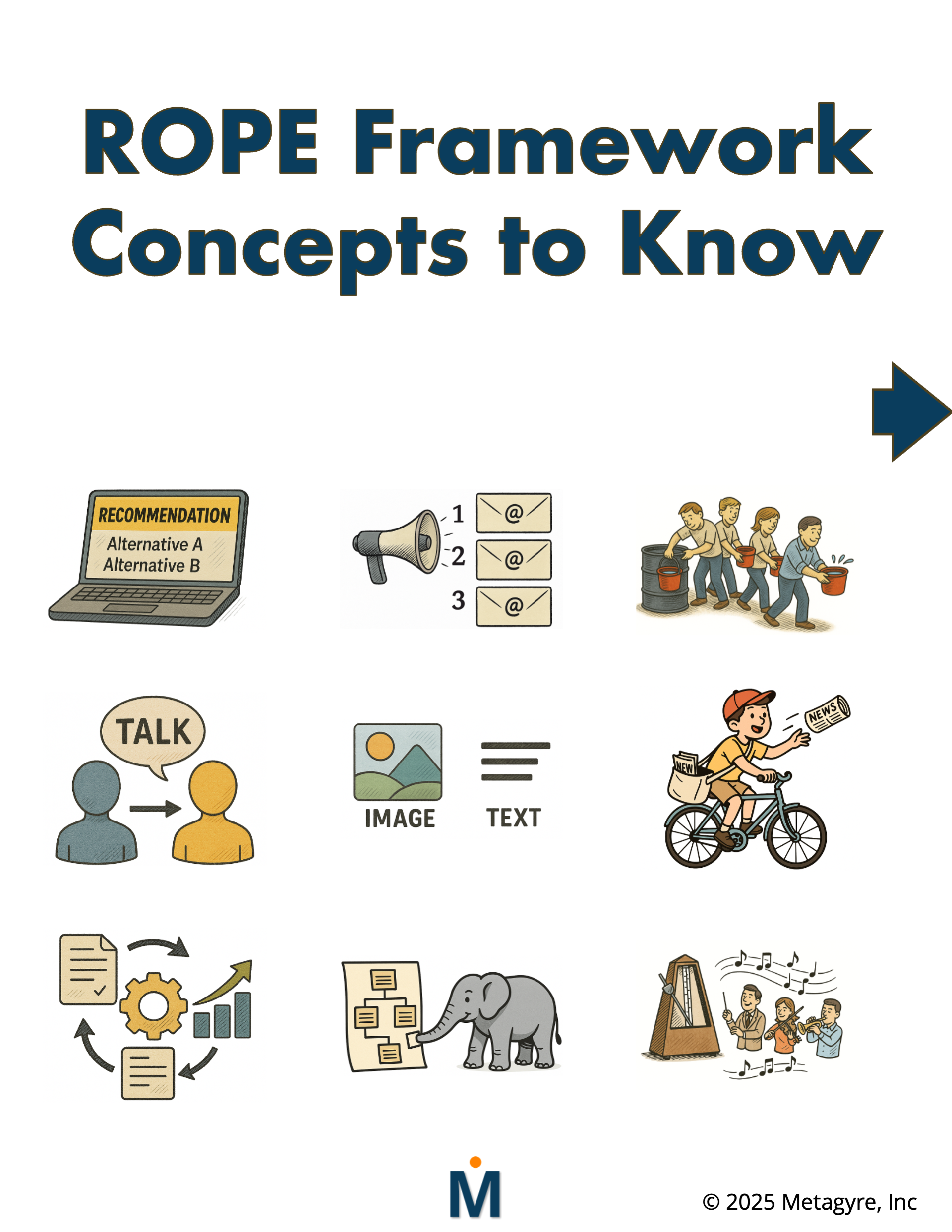
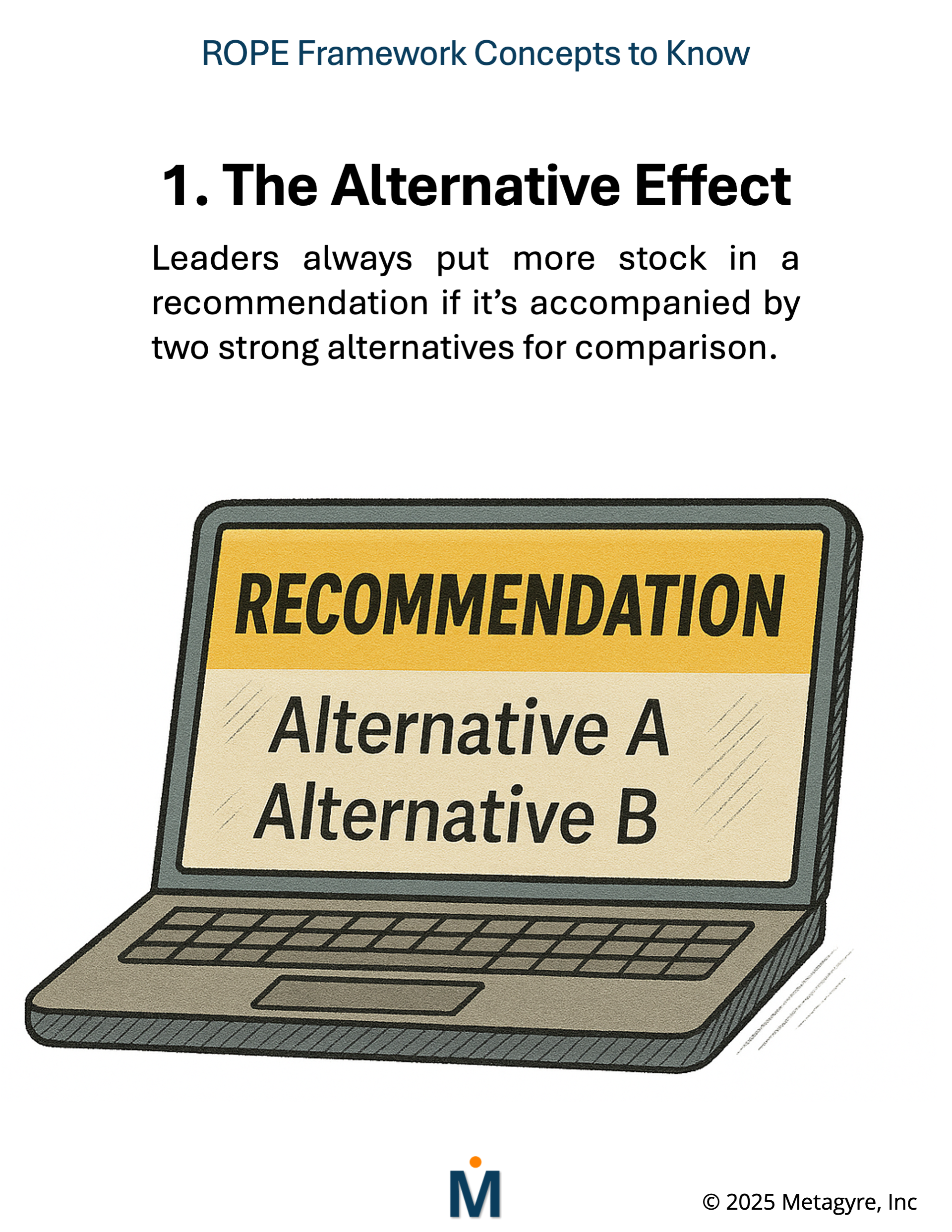
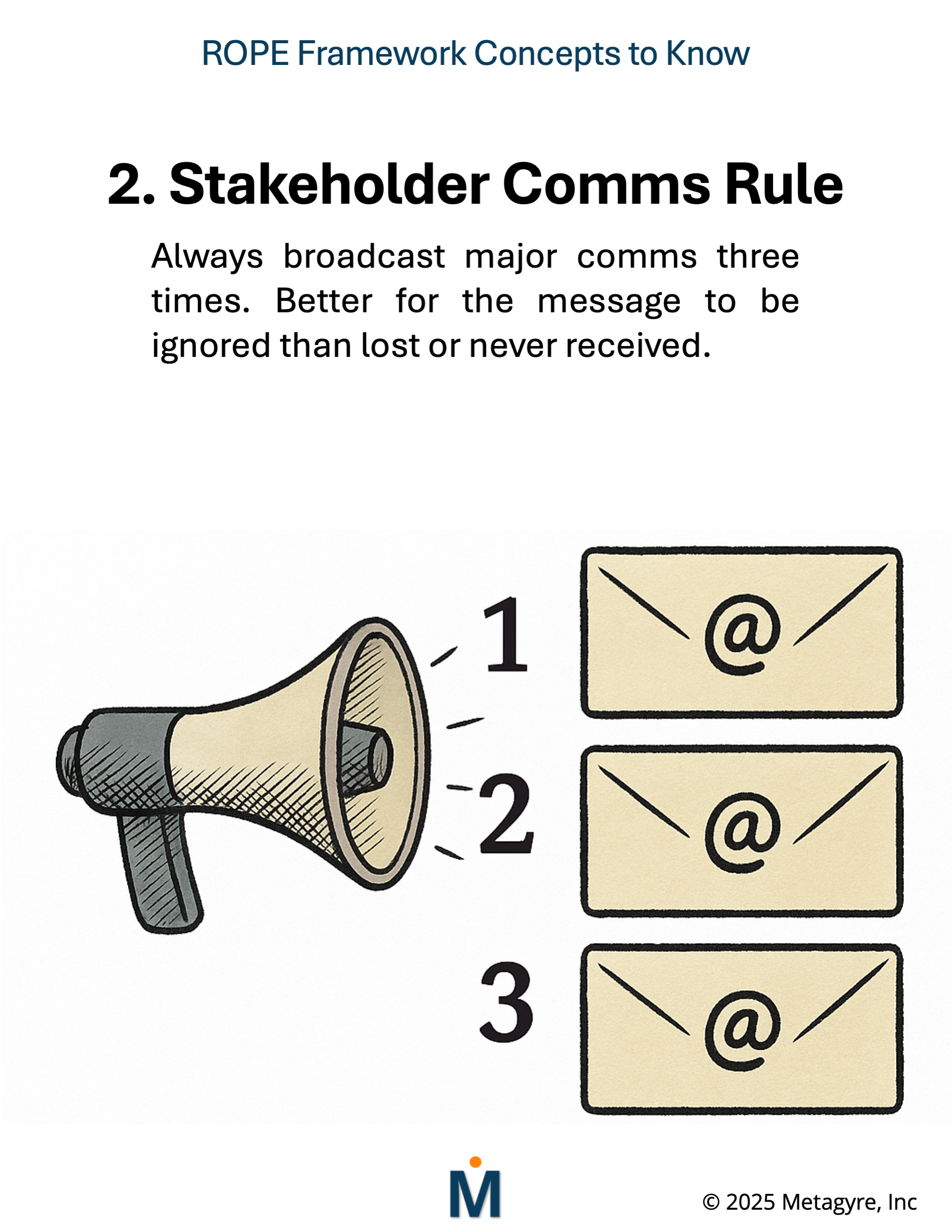
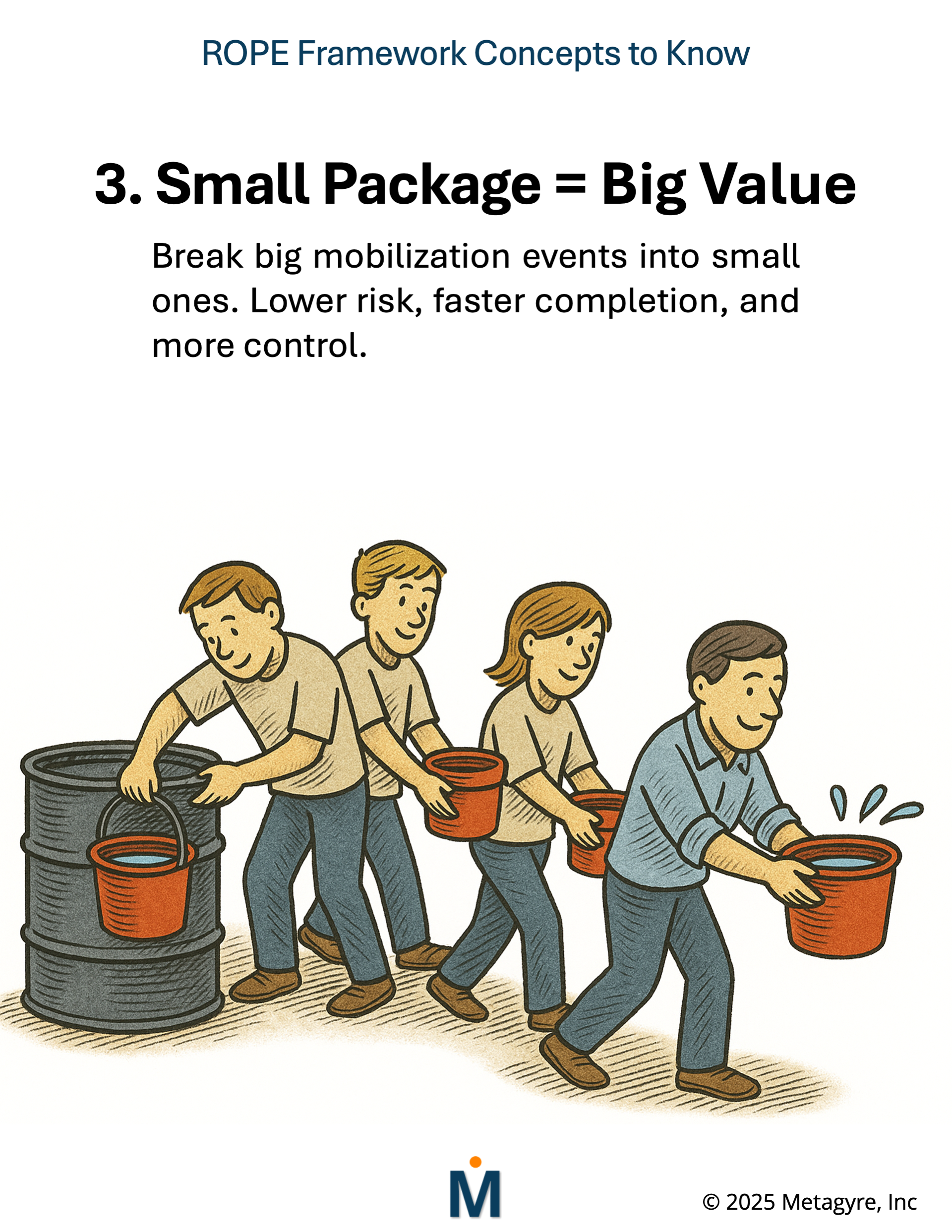
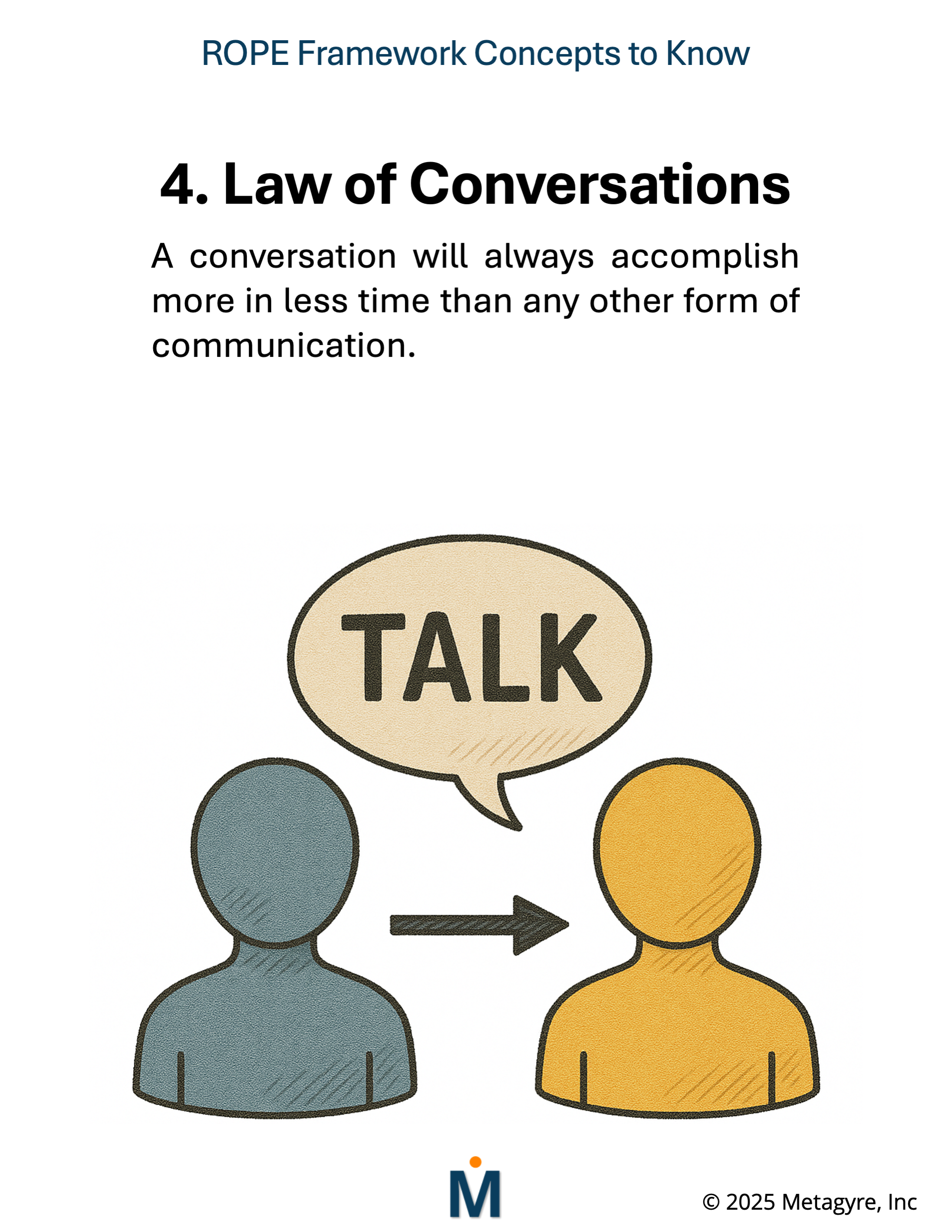
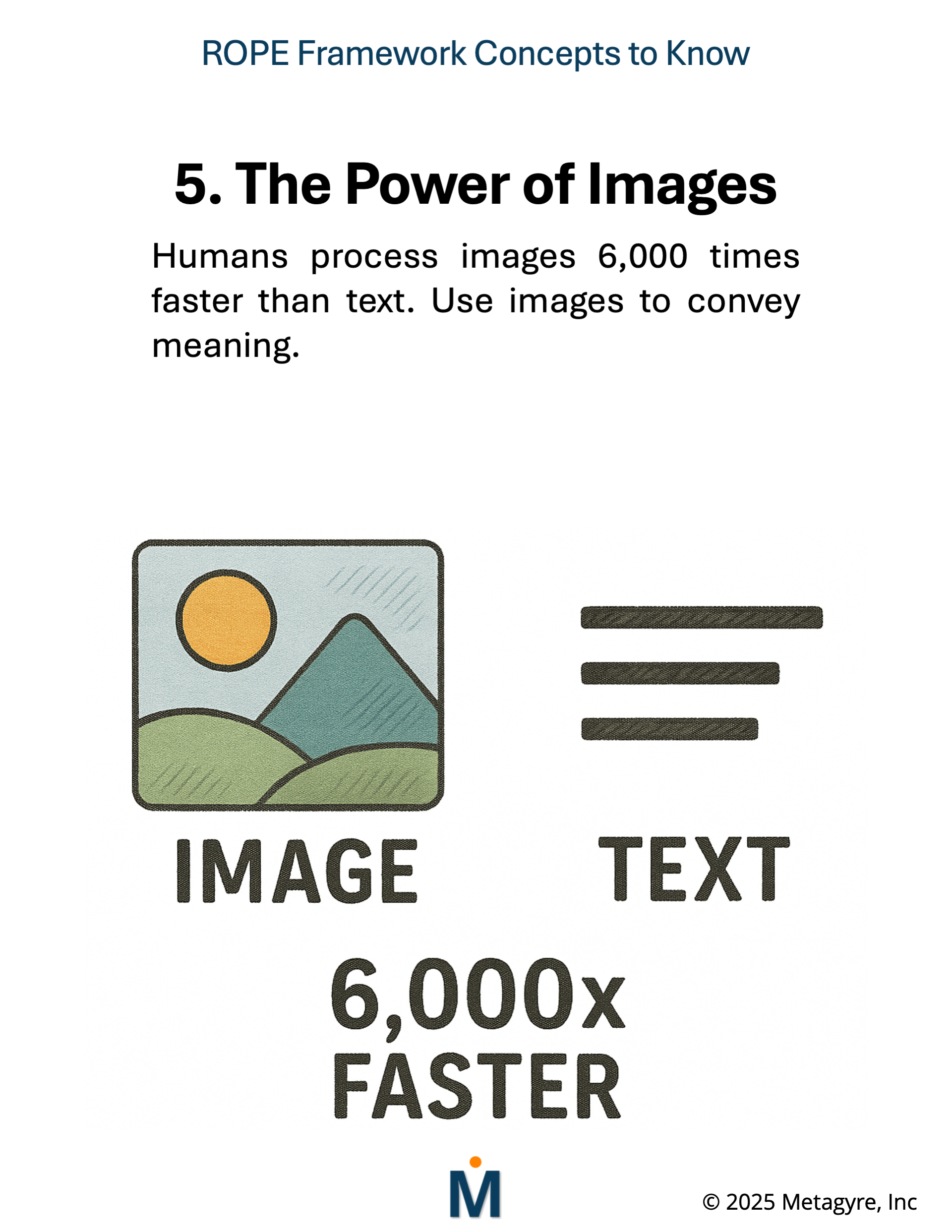
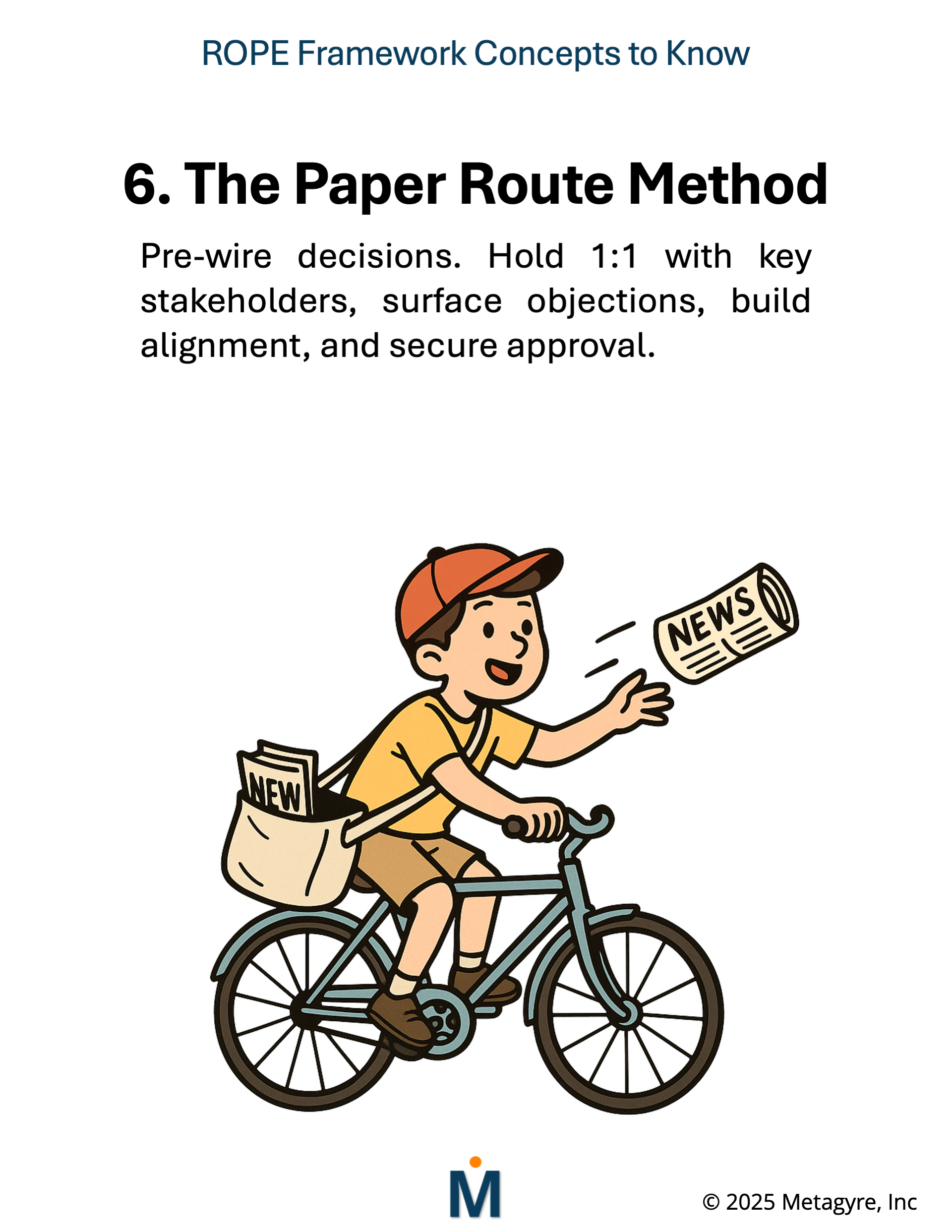
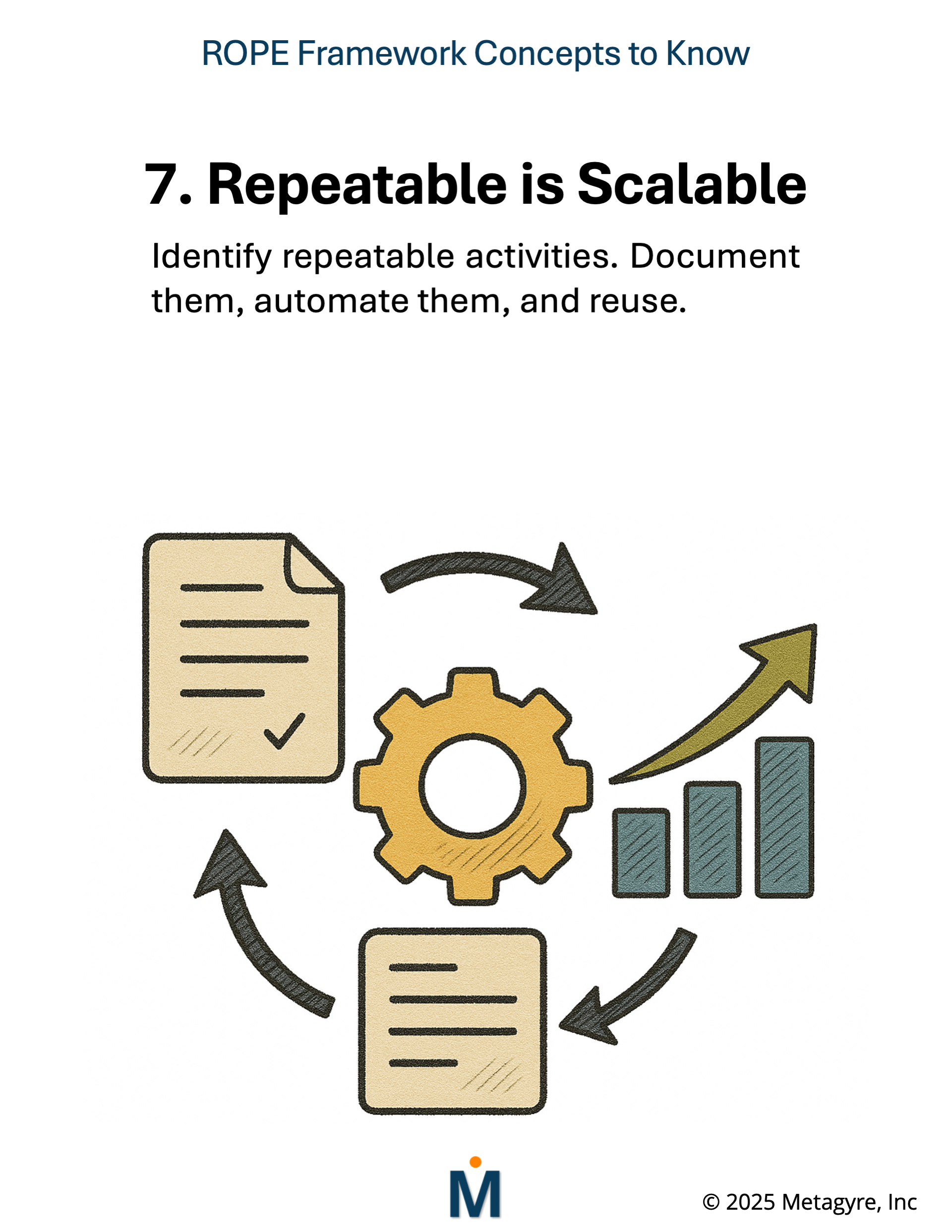
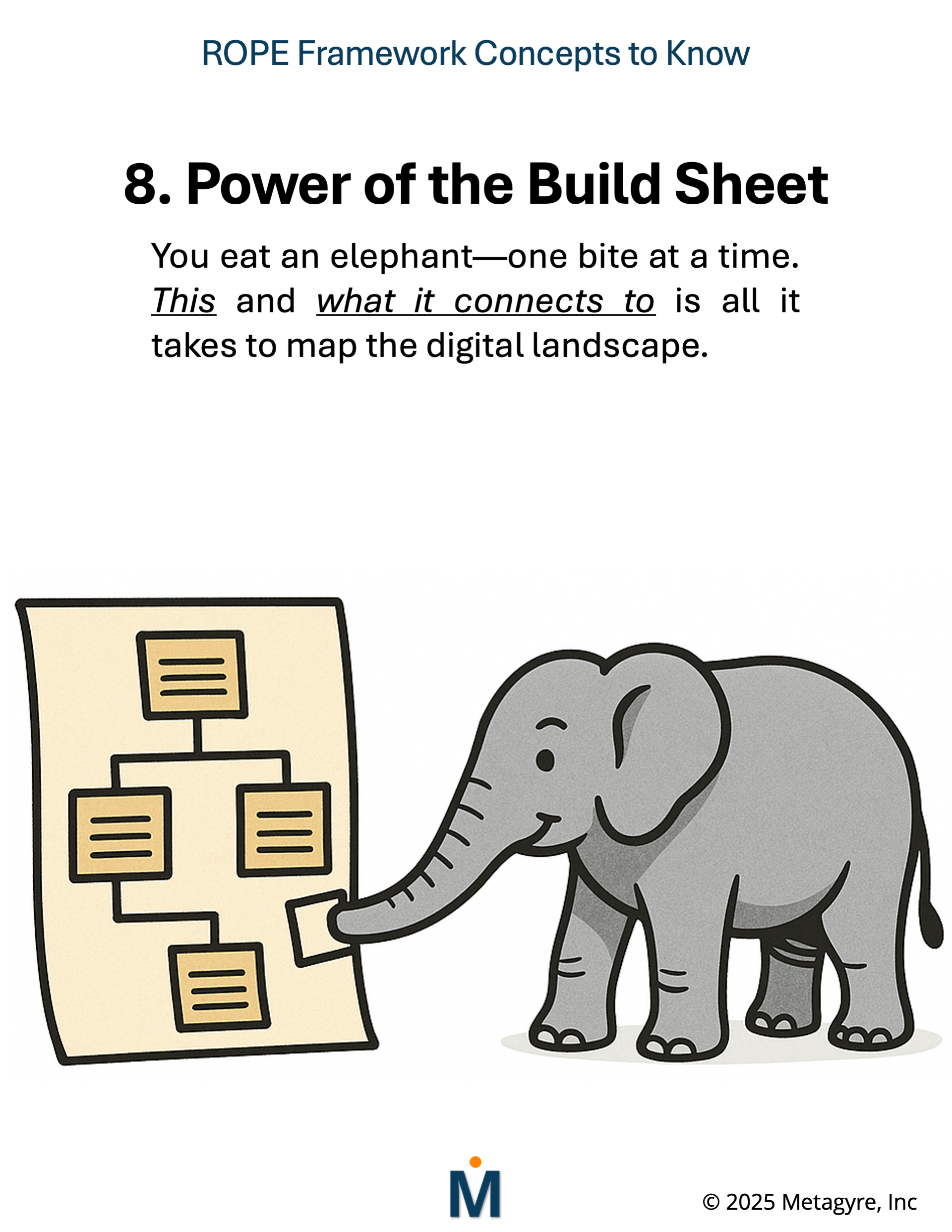
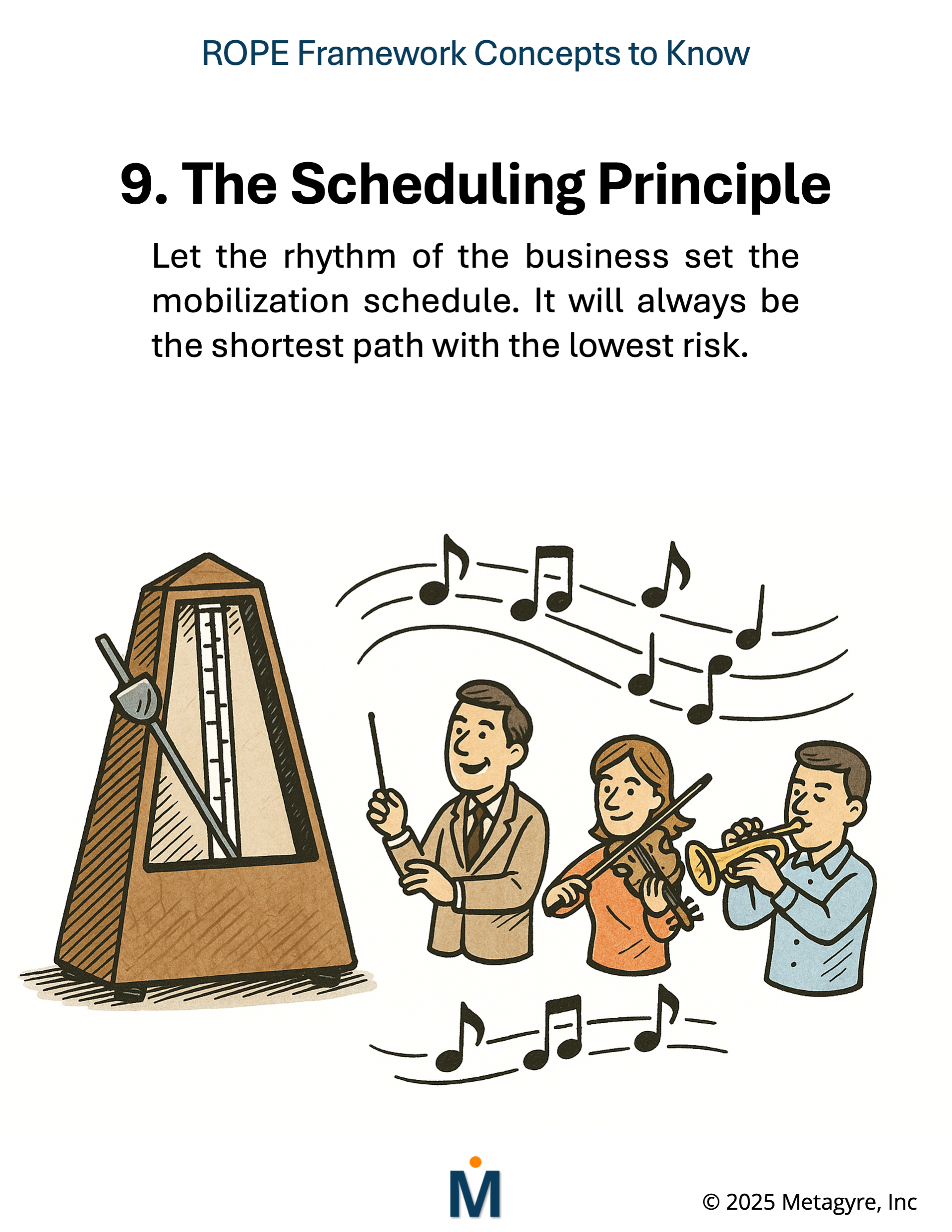
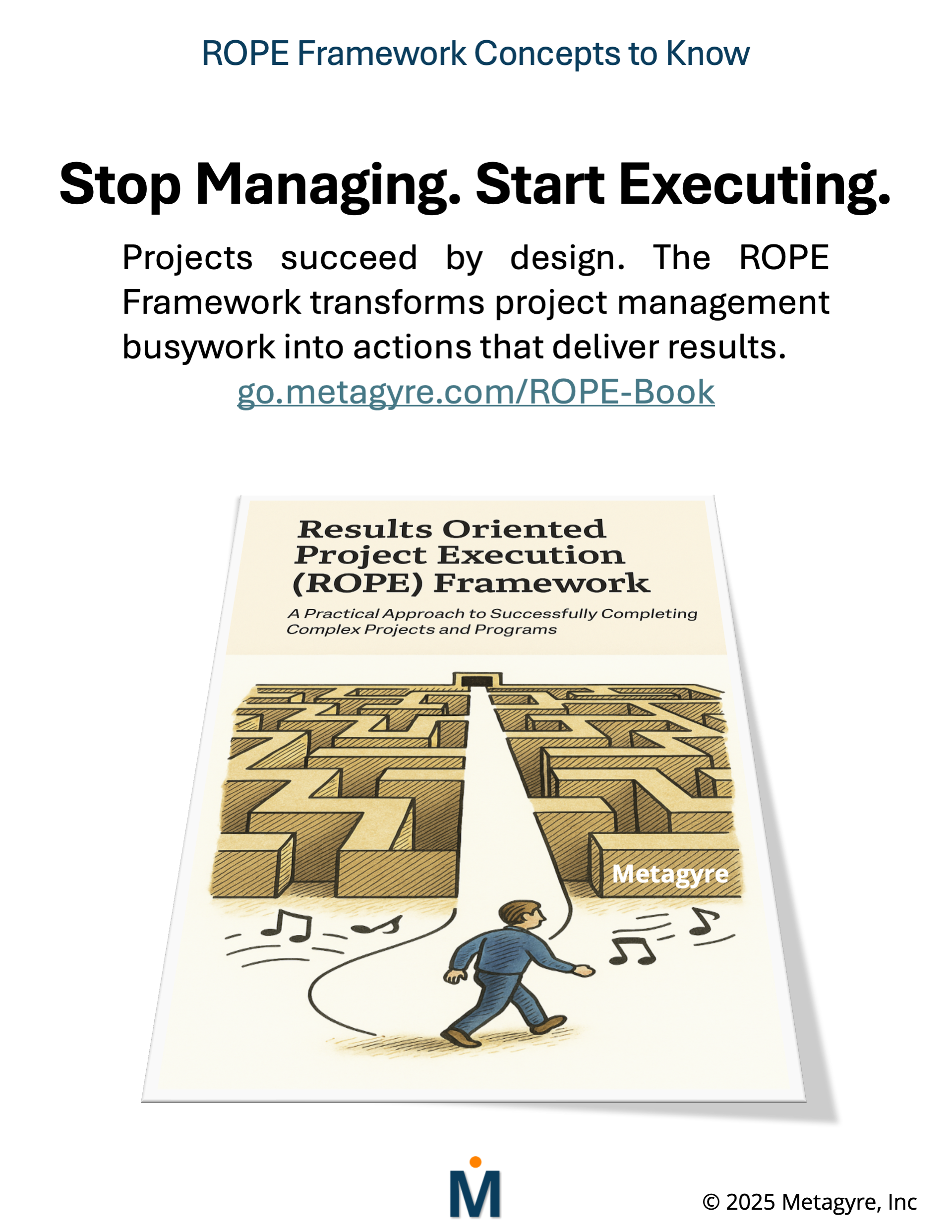




2 thoughts on “9 Strategy Execution Tips to Reduce Risk and Improve Outcomes”
Comments are closed.